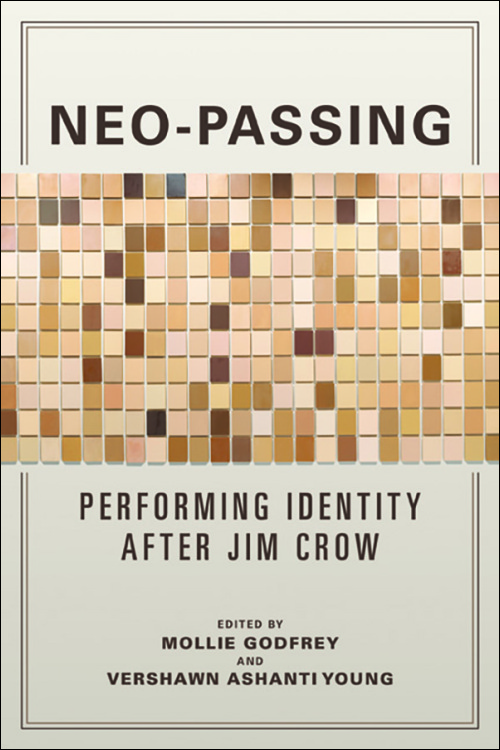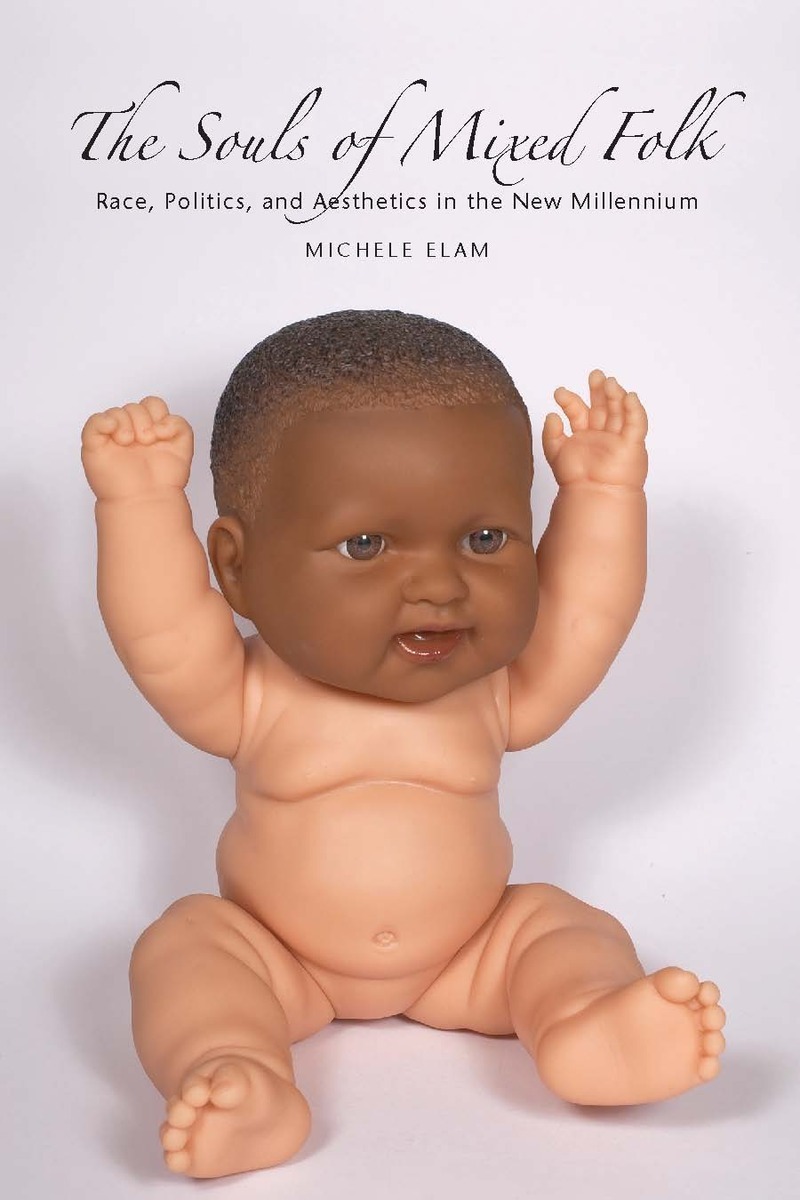Clearly Invisible Racial Passing and the Color of Cultural Identity by Marcia Alesan Dawkins, and: The Souls of Mixed Folk: Race, Politics and Aesthetics in the New Millennium by Michele Elam (review)
Philip Roth Studies
Volume 9, Number 2, Fall 2013
pages 99-103
DOI: 10.1353/prs.2013.0024
Donavan L. Ramon
Rutgers University
Marcia Alesan Dawkins, Clearly Invisible: Racial Passing and the Color of Cultural Identity, Waco: Baylor University Press, 2012, vxi + 229 pp.
Michele Elam, The Souls of Mixed Folk: Race, Politics, and Aesthetics in the New Millennium, Palo Alto: Stanford University Press, 2011, xxiii + 277 pp.
According to W.E.B. DuBois’s prophetic theory articulated in The Souls of Black Folk (1903), “the problem of the twentieth century is the problem of the color line” (221). Myriad critical and popular pieces over the past several years suggest that this theory has run its course: the celebration of mixed race people putatively implies the “end” of race. Certainly the election of the first biracial president has been touted as the epitome of post-race life in America. Yet as recent critical interventions by Michele Elam and Marcia Alesan Dawkins remind us, race remains prevalent because of biracial people, not in spite of it.
The continuities between DuBois’s theory and Elam’s are underscored by the title of the latter’s monograph. In The Souls of Mixed Folk, the Stanford University English Professor asserts that the notion of post-Black art being apolitical is a complete fiction, much like the idea that post-Civil Rights politics are in decline. By examining the images of mixed race subjects in a wide range of artistic forms, Elam argues that these venues are the newer locations that “engage issues of civil rights and social change” (16). To accept this belief, she begins her book by convincing readers that the increased interest in mixed race deludes many people into believing that race no longer exists. If this is truly the case, then why do fictional representations of biracial people continue to represent anxiety across a multitude of genres? More specifically, why has the last several years seen a resurgence in narratives of racial passing—such as Philip Roth’s The Human Stain?
Elam explores these questions across five thoroughly researched and well-written chapters. The first traces the history of mixed race studies in curricula across the nation while raising related yet ignored issues. For instance she problematizes the focus of heteronormative depictions of mixed race families at the expense of homosexual ones, while also reminding us that mixed Americans have historically been the result of sexual violation. She believes we must be mindful of considering the product of these unions as representatives of racial progress without understanding the nuances of slavery and violence inflicted on black bodies by whites.
Chapter two changes the focus from history to contemporary comic strips by Aaron McGruder and Nate Creekmore. In their works, Elam rightly sees racial identity as “a matter of public negotiation, social location, cultural affirmation, political commitment, and historical homage” (58). In chapter four, Elam situates the traditional European bildungsroman against the “mixed race bildungsroman”. The former focuses on the “social incorporation of the individual” (125) whereas protagonists in the latter are not “incorporated into the society or the social progress that they are supposed to represent . . . [and they] challenge the popular image of the ‘modern minority’” (126). She applies her theory of the “mixed race bildungsroman” to Emily Raboteau’s The Professor’s Daughter (1997) and Danzy Senna’s Symptomatic (2004). Elam’s last chapter examines performances of mixed race in Carl Hancock Rux’s play Talk and “The Racial Draft” skit from Dave Chappelle’s defunct late-night comedy show. Her argument here is that in both performances, there is a “re-visioning and a re-membering of the national order” (161).
The middle chapter is the one that is most germane to this journal, as it examines racial passing in Danzy Senna’s Causcasia (1999), Philip Roth’s The Human Stain (2000), and Colson Whitehead’s The Intuitionist (2000). Despite research to the contrary, Elam begins this chapter by arguing that racial passing literature is far from being an obsolete genre, as these novels attest. Despite living in a post-race era, these narratives collectively argue for the rebirth of racial passing as a “social inquiry” (98). Explaining further, the novels addressed here force readers to reconsider “the performative, iterative nature of racial identity as a rich social heuristic” (98).
This is nowhere more evident than in The Human Stain , where racial passing acts as a “reactionary vehicle to critique political correctness”—particularly because it is set during President Clinton’s sex scandal (98). In this regard, “performance,” can have multiple meanings in the novel: one referring…

